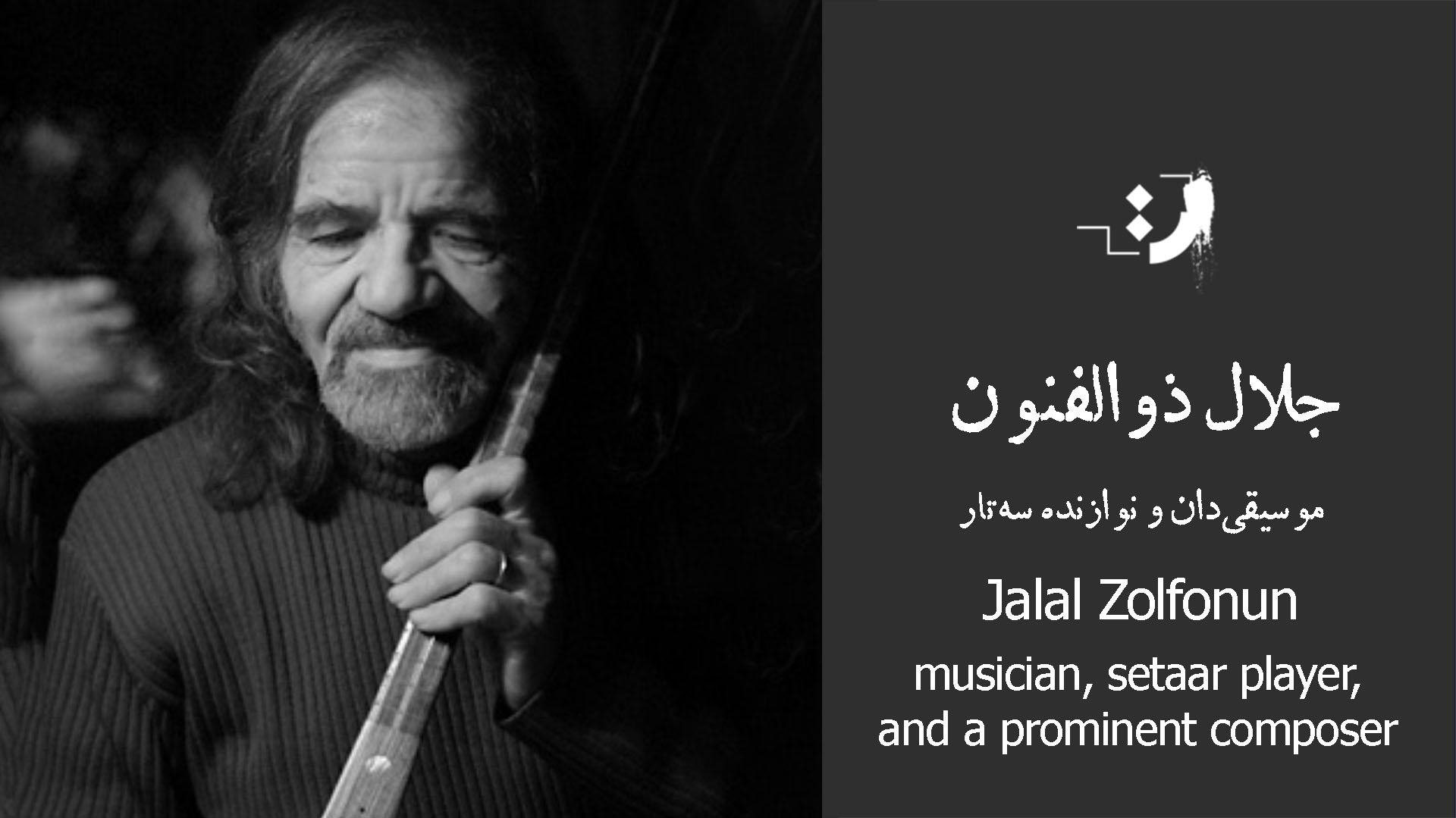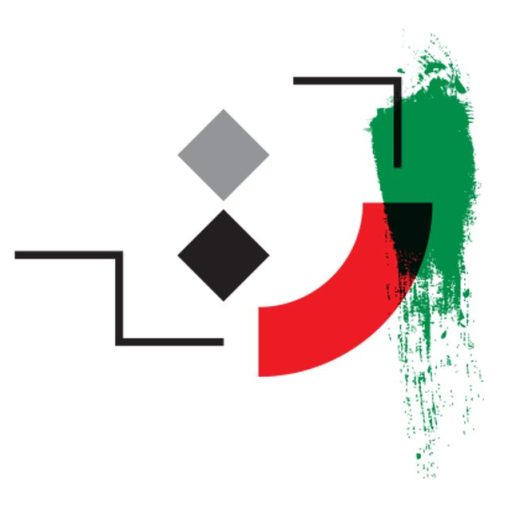Jalal Zolfonun

Biography
Jalaal Zolfonoon (March 7, 1938 – March 18, 2012) was an Iranian musician, composer, and teacher, best known for his mastery of the setar. He played a crucial role in establishing the setar as a serious and independent instrument in Persian classical music.
Early Life and Education
Born in Abadeh, Fars Province, Iran, Jalaal Zolfonoon received his first musical training from his father, Habib Zolfonoon, and his older brother, Mahmoud Zolfonoon, who was a violinist and tar player.
At the age of 13, he enrolled in the National School for Iranian Music, where he studied musical theory, composition, and performance under the guidance of Ruhollah Khaleghi and Musa Khan Maroufi. Although he was deeply drawn to the setar, at that time, the instrument was not considered serious enough for academic study. As a result, he focused on learning the tar while also studying violin under his brother.
In 1967, he was accepted into the Fine Arts Faculty at Tehran University, where he studied setar under Master Noor Ali Boroumand and Dariush Safvat. From then on, he dedicated his career to the setar, combining the techniques of traditional masters with his own innovations and mystical sensibility.
Artistic Career
In the 1970s, Zolfonoon formed the first ensemble composed entirely of setar players, performing alongside Shahram Nazeri, a leading figure in Persian classical singing. This collaboration led to the 1980s release of the album Gol-e Sadbarg (“One Hundred-Petalled Rose”), which became the best-selling Persian classical music album of all time. This album played a key role in popularizing the setar and showcasing its expressive and technical capabilities.
Following the success of Gol-e Sadbarg, Zolfonoon continued to compose and record numerous albums as a soloist, composer, and ensemble player. He worked with some of Iran’s most renowned singers and musicians, touring worldwide to present Persian music to international audiences.
International Collaborations
Throughout his career, Jalaal Zolfonoon introduced Persian music to global audiences through various collaborations:
He worked with Maurice Béjart, the legendary French choreographer, on a fusion of Persian music and European ballet.
From 1975 to 1980, he collaborated with Jean During, a French ethnomusicologist, to promote Iranian music.
He also worked with the DELA MUNOT Deauville Institute in Brussels to introduce Persian music to Western European audiences.
In 1994, he performed at the United Nations, presenting Persian music to a global audience.
Compositions and Legacy
Jalaal Zolfonoon was not only a performer but also a composer and educator. His book, “Setar Playing / Teaching Method”, remains a fundamental resource for learning the instrument. He toured extensively with his son, Soheil Zolfonoon, and other musicians across Europe, the United States, Canada, and Japan.
Death
Zolfonoon passed away on March 18, 2012, in Tehran due to heart failure after being hospitalized for two weeks.
Notable Albums
Gol-e Sadbarg (“One Hundred-Petalled Rose”) – with Shahram Nazeri, Reza Ghassemi, and Bijan Kamkar
Atashi Dar Neyestan (“A Fire in the Reed-Bed”) – with Shahram Nazeri
Mastaneh – with Alireza Eftekhari
Parand
Peyvand
Kord Bayat (Music of the World)
Del Aavaa
Pearl Beads
Sheydaee
Mystic Journey (Music of the World)
18 Tasnif (Melodic Pieces for Setar)
Jalaal Zolfonoon’s contributions to Persian classical music and the development of the setar have left a lasting impact. His innovative approach and deep connection to Persian musical traditions continue to inspire musicians worldwide.
- Birthday: March 7, 1938
- Death: March 18, 2012
- Birthplace: Abadeh, Fars, Iran
Musician, Setaar Player and a Prominent Composer
